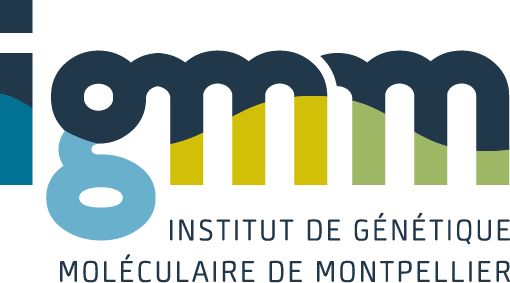Tagging of genes by chromosomal integration of PCR amplified cassettes is a widely used and fast method to label proteins in vivo in the yeast Saccharomyces cerevisiae. This strategy directs the amplified tags to the desired chromosomal loci due to flanking homologous sequences provided by the PCR-primers, thus enabling the selective introduction of any sequence at any place of a gene, e.g. for the generation of C-terminal tagged genes or for the exchange of the promoter and N-terminal tagging of a gene. To make this method most powerful we constructed a series of 76 novel cassettes, containing a broad variety of C-terminal epitope tags as well as nine different promoter substitutions in combination with N-terminal tags. Furthermore, new selection markers have been introduced. The tags include the so far brightest and most yeast-optimized version of the red fluorescent protein, called RedStar2, as well as all other commonly used fluorescent proteins and tags used for the detection and purification of proteins and protein complexes. Using the provided cassettes for N- and C-terminal gene tagging or for deletion of any given gene, a set of only four primers is required, which makes this method very cost-effective and reproducible. This new toolbox should help to speed up the analysis of gene function in yeast, on the level of single genes, as well as in systematic approaches. Copyright (C) 2004 John Wiley Sons, Ltd.
A versatile toolbox for PCR-based tagging of yeast genes: new fluorescent proteins, more markers and promoter substitution cassettes
Janke, C.; Magiera, M. M.; Rathfelder, N.; Taxis, C.; Reber, S.; Maekawa, H.; Moreno-Borchart, A.; Doenges, G.; Schwob, E.; Schiebel, E.; Knop, M.
2004
Yeast
2004-08 / vol 21 / pages 947-962
Abstract
0749-503X
IGMM team(s) involved in this publication

Etienne Schwob
Réplication et Instabilité Génomique
Étiquettes
saccharomyces-cerevisiae; expression; deletion; purification; complexes; efficient; gfp; heterologous modules; oligomerization; schizosaccharomyces-pombe
